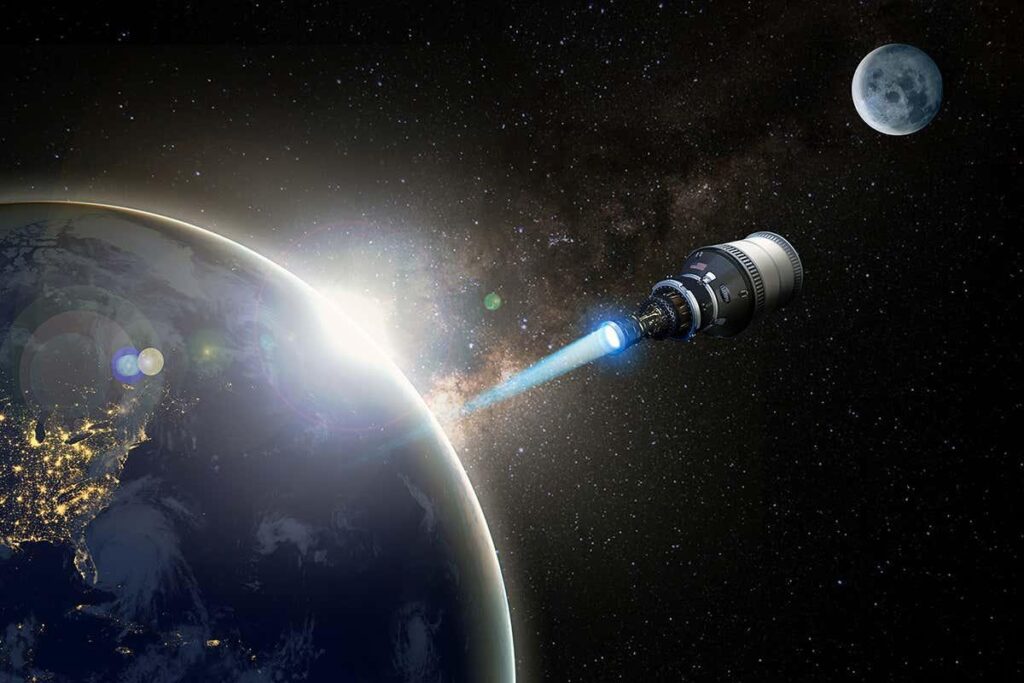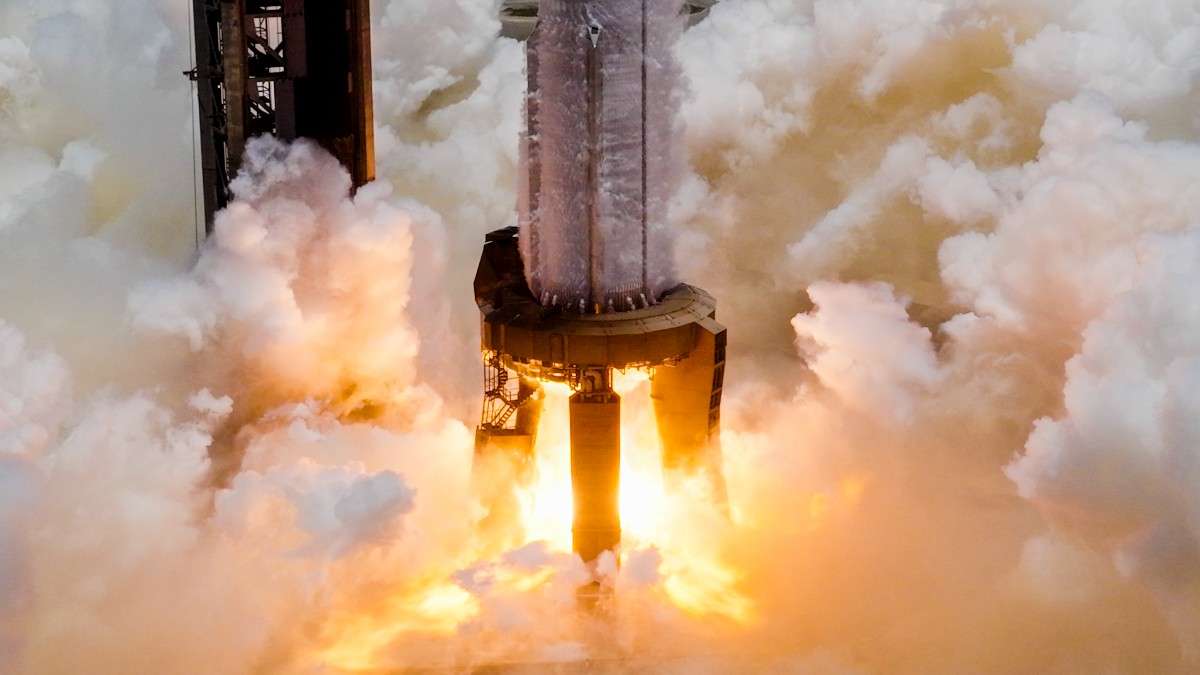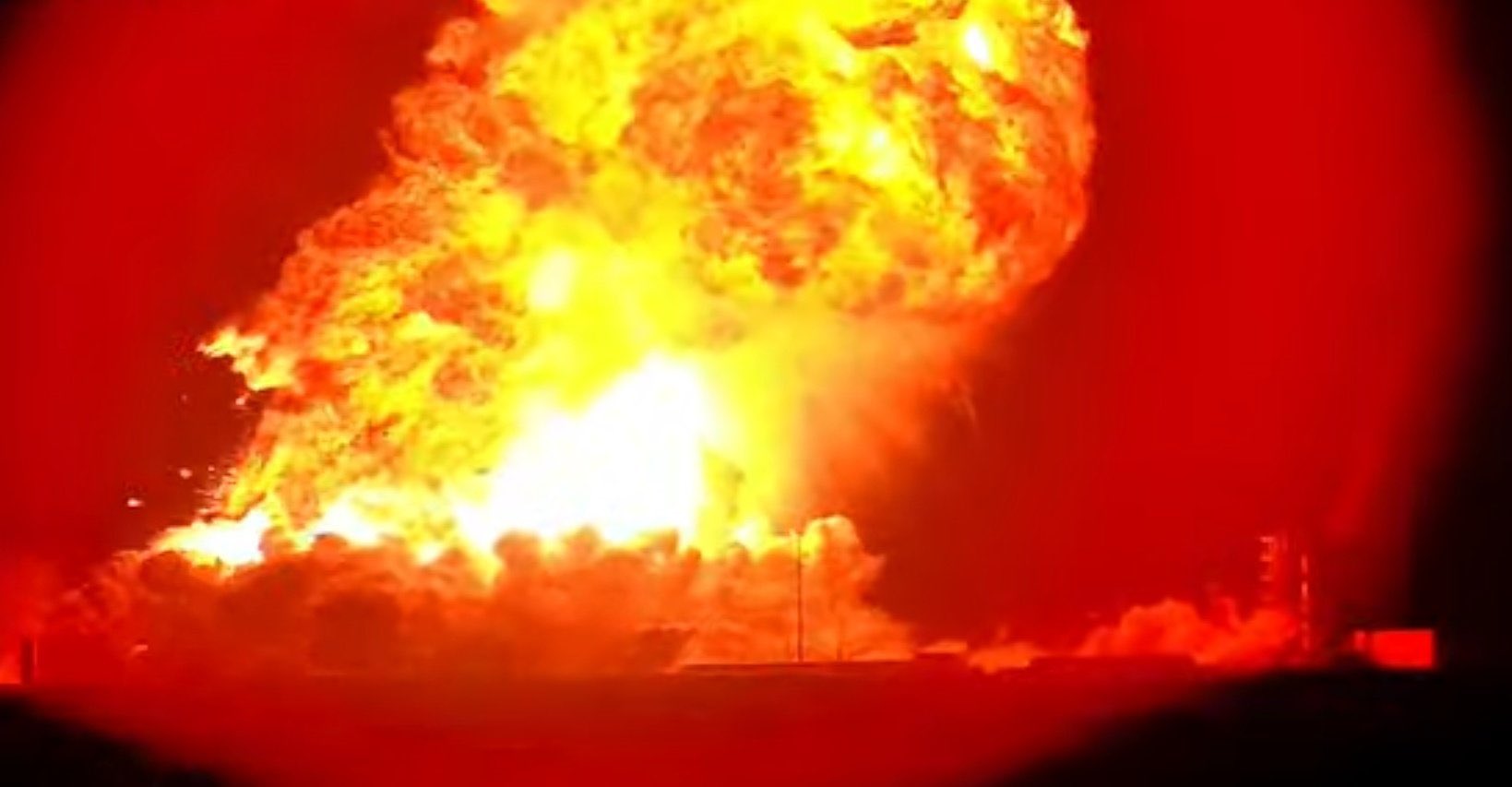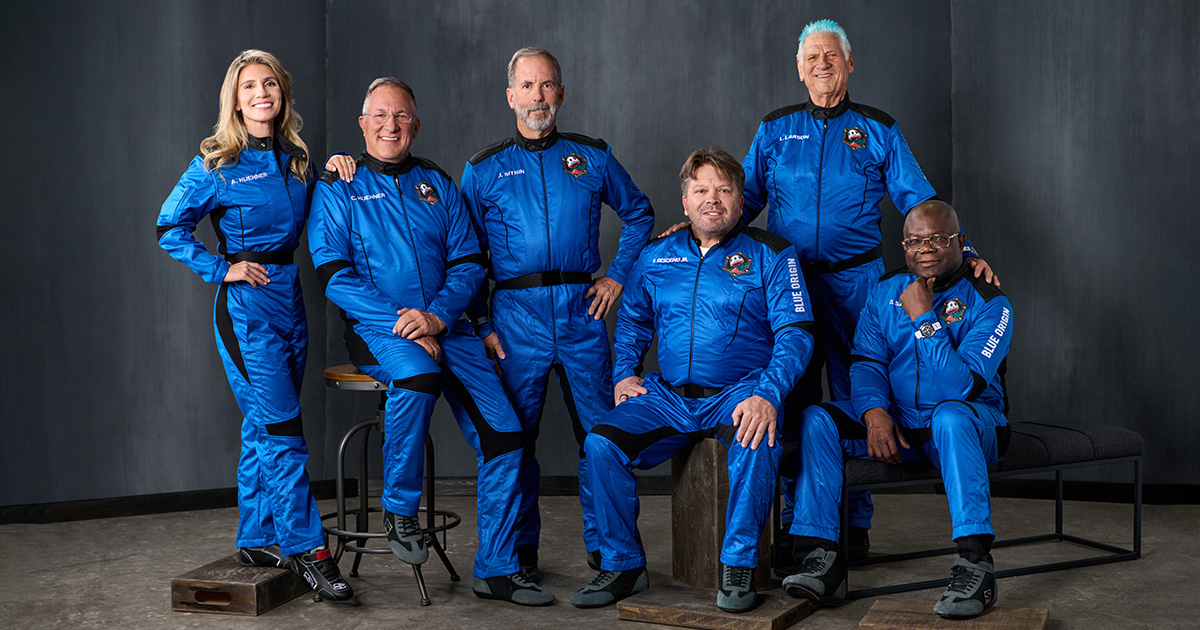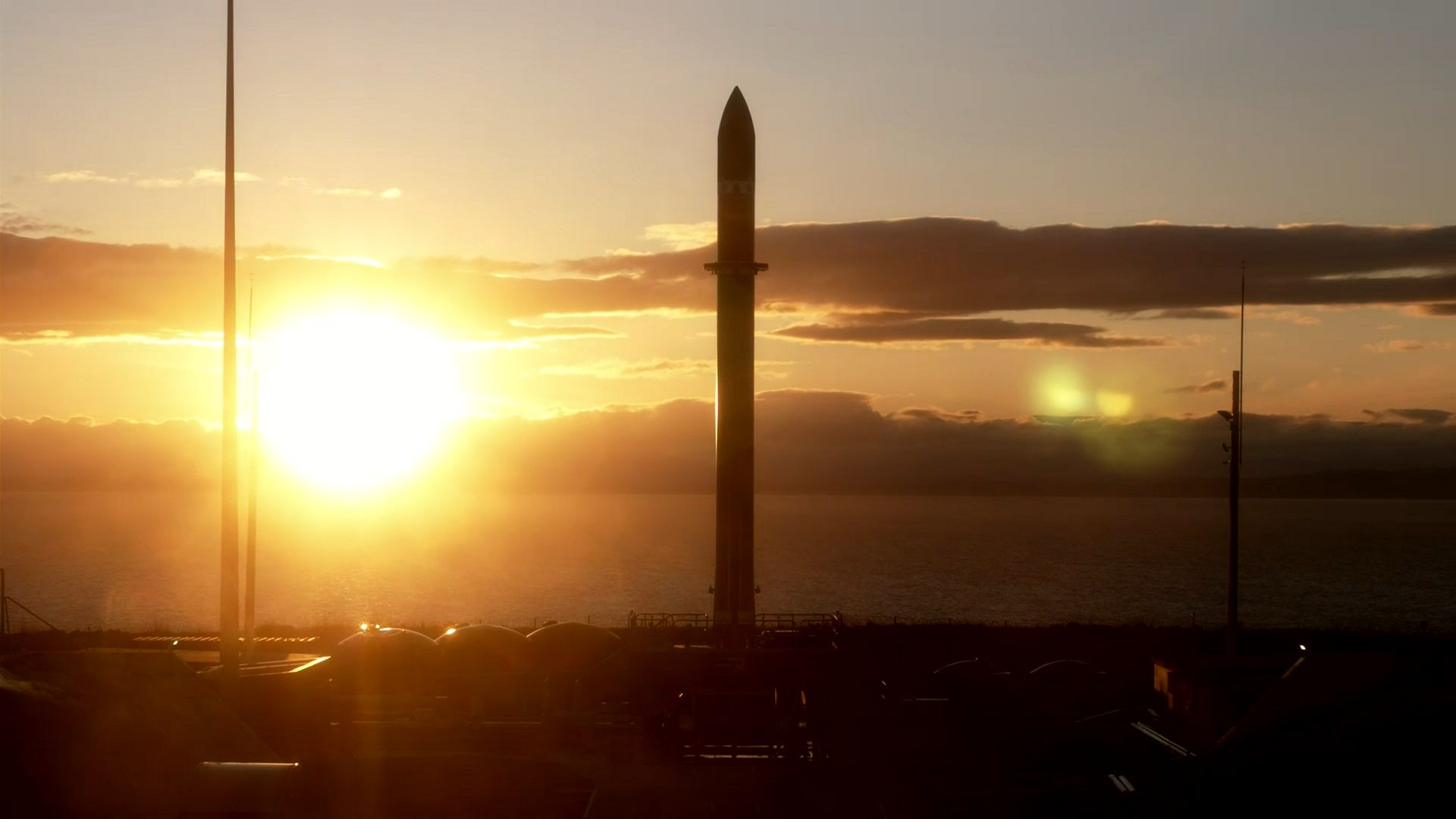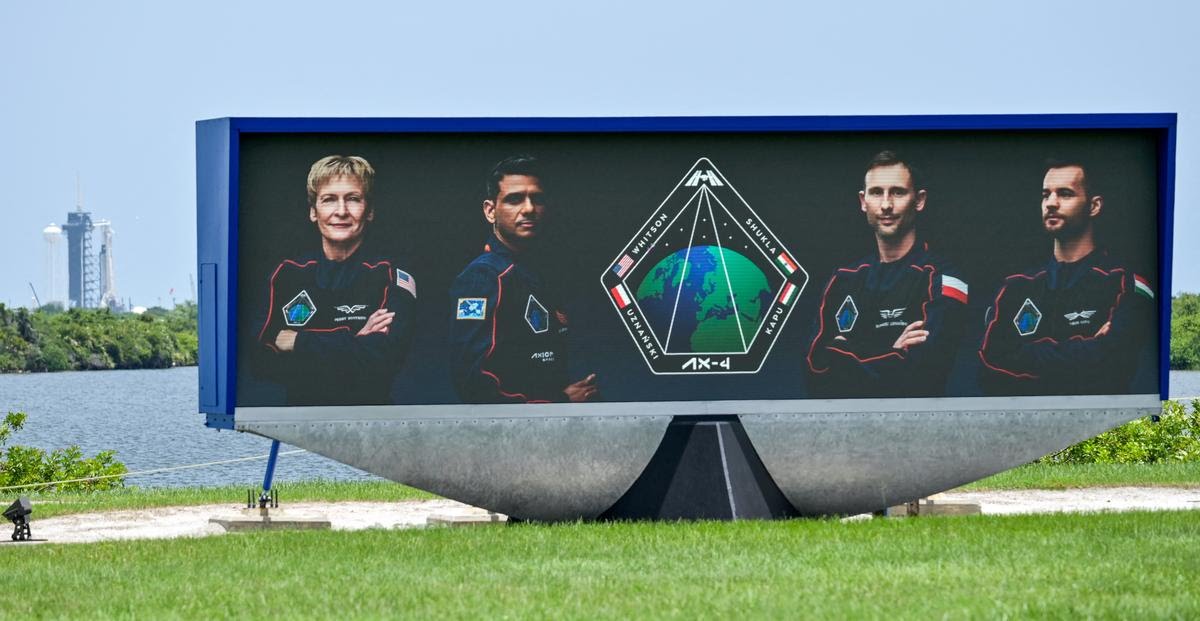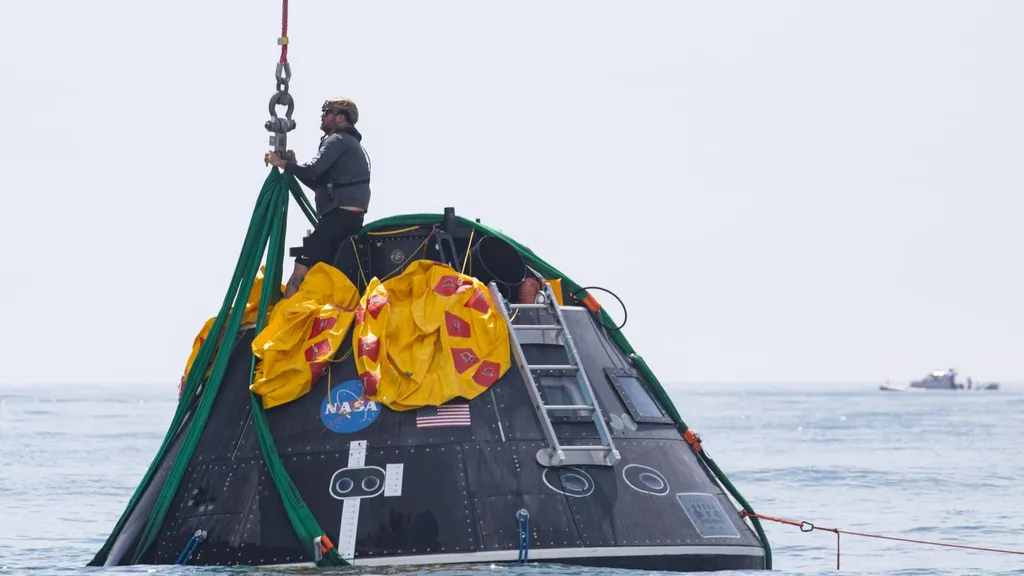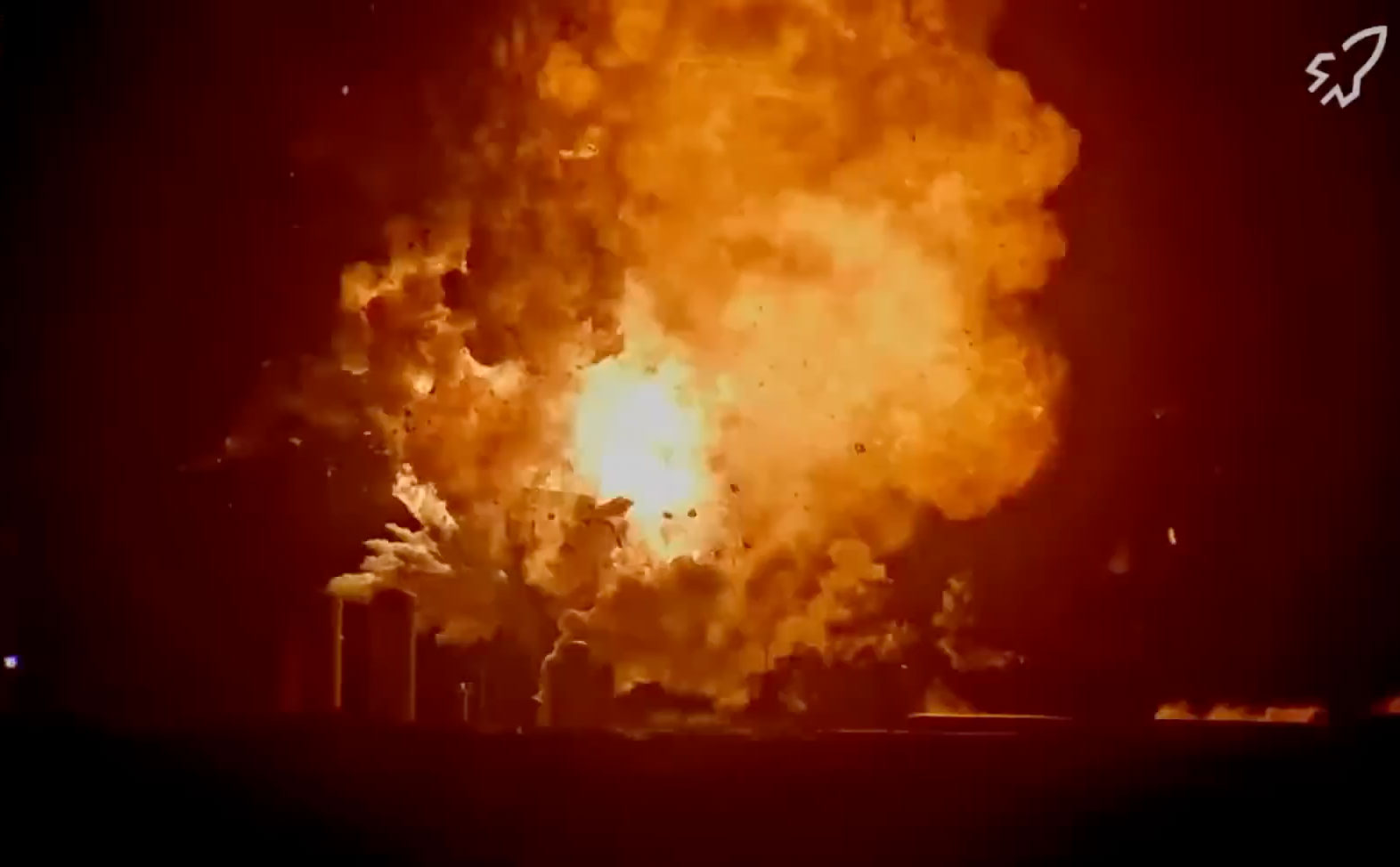Discover how fast SpaceX rocket speed can travel compared to NASA, Blue Origin, ISRO, and others. Explore detailed speed data of Falcon 9, Starship, and more.
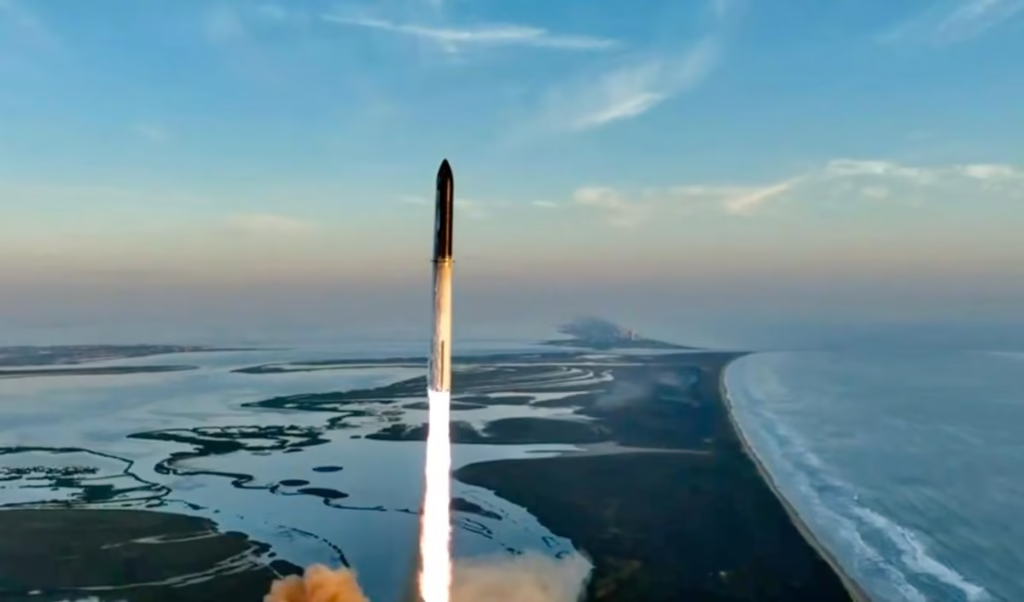
SpaceX Rocket Speed: How Fast Is SpaceX’s Falcon 9 Rocket?
The Falcon 9 is SpaceX’s most widely used rocket, designed for satellite delivery, cargo transport to the International Space Station, and crewed missions.
- Maximum orbital speed: approximately 27,000 kilometers per hour (17,000 mph)
- This is the speed required to reach Low Earth Orbit (LEO)
- The rocket reaches this speed about 8–9 minutes after launch
Booster Reentry Speed
Falcon 9 is partially reusable. The first stage returns to Earth after separating from the second stage.
- Reentry speed: around 5,000 to 6,000 kilometers per hour
- The booster performs controlled burns and lands vertically on a drone ship or ground pad
How Fast Is Falcon Heavy?
Falcon Heavy is a more powerful rocket, consisting of three Falcon 9 boosters combined.
- Orbital speed range: 27,000 to 35,000 kilometers per hour
- Capable of launching large payloads into Geostationary Transfer Orbit (GTO) or even interplanetary missions
The added thrust makes Falcon Heavy suitable for long-distance missions, such as delivering scientific payloads to the Moon or Mars.
SpaceX Starship: Future Speed Expectations
Starship is SpaceX’s next-generation fully reusable rocket system, intended for missions to the Moon, Mars, and beyond.
- Target speed: up to 40,000 kilometers per hour or more
- Designed to support both Earth orbit missions and deep space travel
- Will be capable of reaching escape velocity, which is over 40,270 km/h (25,000 mph)
SpaceX Rocket Speed Comparison: SpaceX vs Other Space Agencies
Here is a brief comparison of rocket speeds between SpaceX and other major space companies:
- SpaceX Falcon 9: ~27,000 km/h – For satellite launches, ISS missions.
- SpaceX Starship: Up to ~39,600 km/h (planned) – For Moon and Mars missions.
- NASA SLS: ~39,420 km/h – Deep space exploration (Artemis program).
- Blue Origin New Shepard: ~3,700 km/h – Suborbital space tourism.
- Blue Origin New Glenn: ~27,000 km/h (planned) – Orbital missions.
- Roscosmos Soyuz: ~28,000 km/h – Traditional orbital missions.
- ISRO GSLV Mk III: ~27,000 km/h – Satellite & lunar missions.
- CNSA Long March 5: ~28,000 km/h – Lunar and deep space launches.
What Influences SpaceX Rocket Speed?
Rocket speed depends on several key factors:
- Mission goal (e.g., orbiting Earth vs traveling to Mars)
- Payload mass
- Rocket design and propulsion system
- Orbital or escape velocity requirements
To orbit Earth, a rocket must reach speeds around 28,000 km/h. To escape Earth’s gravity for lunar or Martian travel, it must reach over 40,000 km/h.
Why SpaceX Rocket Speed Matters
The speed of a rocket determines how far and how fast it can travel. Higher speeds reduce the travel time between destinations and improve the efficiency of space missions.
Key reasons speed matters:
- Reaching orbit or deep space destinations
- Reducing time in transit for astronauts (important for Mars)
- Ensuring stable satellite deployment
- Lowering radiation exposure during long missions
Conclusion
SpaceX rocket speed are among the fastest and most advanced launch vehicles in operation. The Falcon 9 reaches orbital speeds of 27,000 km/h, while Falcon Heavy pushes higher toward interplanetary speeds. The upcoming Starship is expected to reach escape velocities needed for Mars missions and beyond.
Compared to rockets from NASA, Blue Origin, Roscosmos, and CNSA, SpaceX offers a unique combination of high velocity and reusability, making it a leader in cost-effective and high-performance space travel.
FAQs: SpaceX Rocket Speed Compared to Others?
1. How fast does SpaceX’s Falcon 9 rocket travel?
SpaceX’s Falcon 9 rocket reaches speeds of approximately 27,000 kilometers per hour (17,000 mph). This speed allows it to place payloads into Low Earth Orbit (LEO). The first stage separates after a few minutes and returns to Earth for a vertical landing, while the second stage continues to orbit.
2. What is the maximum speed of Falcon Heavy?
Falcon Heavy can reach speeds of up to 35,000 kilometers per hour (21,700 mph) depending on the mission profile. It’s capable of carrying large payloads to geostationary orbit and deep space destinations like the Moon or Mars.
3. How fast will Starship be?
SpaceX’s Starship, currently in development, is expected to exceed 40,000 kilometers per hour (24,800 mph). This would make it fast enough to reach escape velocity, allowing missions to Mars and other deep space destinations.
4. How does NASA’s Space Launch System (SLS) compare in speed?
NASA’s SLS reached a maximum speed of approximately 39,400 kilometers per hour (24,500 mph) during the Artemis I mission. It is designed for deep space missions, including crewed lunar landings, but is not reusable.
5. How fast is Blue Origin’s New Shepard rocket?
Blue Origin’s New Shepard is a suborbital vehicle designed for short space tourism flights. It reaches a top speed of around 3,700 kilometers per hour (2,300 mph) and is fully reusable but not intended for orbital missions.
6. What is the speed of the Soyuz rocket from Russia?
Russia’s Soyuz rocket travels at about 28,000 kilometers per hour (17,500 mph) to deliver astronauts and cargo to the International Space Station. Unlike SpaceX rockets, Soyuz is not reusable and uses expendable stages.
7. How fast are China’s Long March rockets?
China’s Long March 5 can exceed 35,000 kilometers per hour depending on the payload and destination. It has been used for lunar missions and interplanetary exploration but is currently not reusable.
8. Why is rocket speed important in space missions?
Rocket speed determines how quickly a spacecraft can reach its intended orbit or destination. Higher speeds reduce travel time, lower fuel needs, and enable missions to more distant targets like Mars or the Moon. Reaching orbital velocity (~28,000 km/h) is essential for satellites, while escape velocity (~40,270 km/h) is needed for deep space missions.
9. Which rocket is the fastest among all?
Currently, NASA’s SLS and SpaceX’s upcoming Starship are expected to be the fastest, both reaching or exceeding 40,000 kilometers per hour. Starship, once operational, will offer both high speed and full reusability, unlike SLS.
What Is a Static Fire Test in Reusable Rocket Technology? Which Completely Destroyed Musk’s Costly Starship 36 And Give SpaceX Setbacks.

